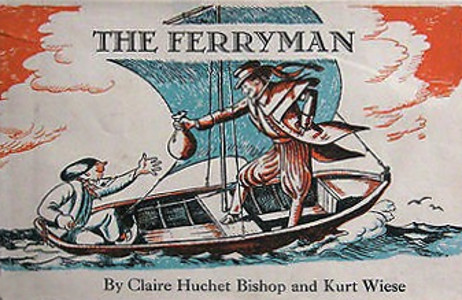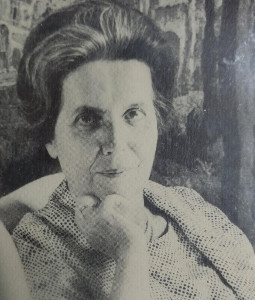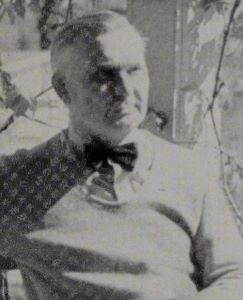The Ferryman

Author:
Claire Huchet Bishop ![]()
![]() Complete Authored Works
Complete Authored Works
Illustrator:
Kurt Wiese
Publication:
1941 by Coward-McCann, Inc.
Genre:
Fairy Tales, Fiction, Picture Books
Current state:
This book has been evaluated and information added. It has not been read and content considerations may not be complete.
Book Guide
Search for this book used on:
This is a story of the queer adventures an Irish ferryman had with a stranger, a stranger with a forked tip for a foot. The stranger paid a bag of gold to the ferryman for taking him to the main land BUT he gave it on one condition, that in a year he would come and carry the ferryman away. A year was a long way off, and Daniel the Ferryman had money to feed his family without worry. The year finally came to an end. Exactly a year from the day when he had first seen the stranger, he came again. You may have guessed that the stranger was the devil. How Daniel finally got rid of the stranger is very exciting and very funny.
From the E.M Hale edition
To view an example page please sign in.
Resource Guide
Episode 70: Why Read Fairy Tales?
Released in 2020 by The Literary Life
Available formats: Streaming Audio
Length: 1 hr. 29 min.
View on the The Literary Life site
"Angelina Stanford and Cindy Rollins tackle the topic of fairy stories, discussing the what, why and how of reading them. Angelina shares the distinctive characteristics of fairy stories in contrast to other types of stories, such as myths. They deal with the question of whether fairy tales are 'escapist', the influence of the Grimm brothers scholarly work on interpreting fairy stories, and allowing the story to unveil its deeper truths without forcing meaning onto it.
Angelina gives an illustration of how to see the gospel messages in fairy tales by talking us through the story of Sleeping Beauty. She refutes the ideas that fairy tales are about human romance or are misogynistic. She also highlights some of the Enlightenment and Puritan responses to fairy tales that still linger with us today. Cindy and Angelina also discuss some common concerns such as the magical, weird, or scary aspects of fairy tales. Angelina also makes a distinction between folk tales, literary fairy tales, and cautionary tales."
Find This Book
Search for this book used on:




